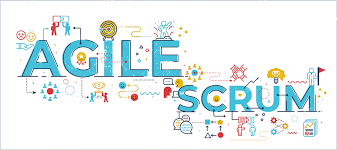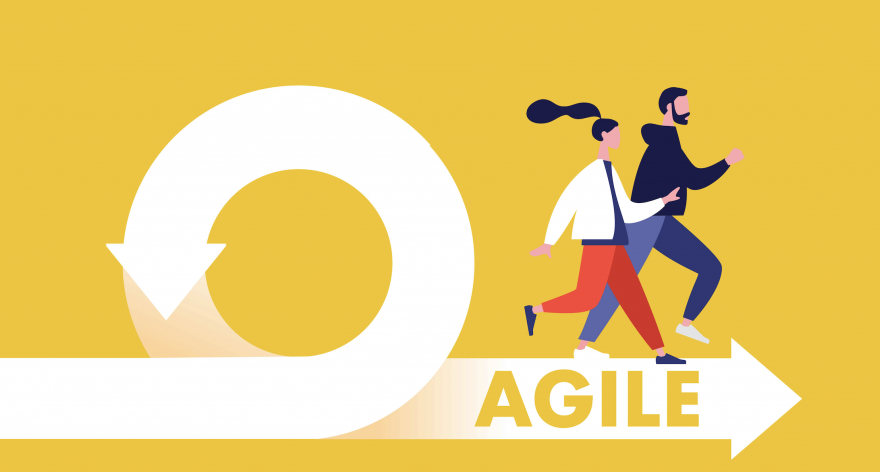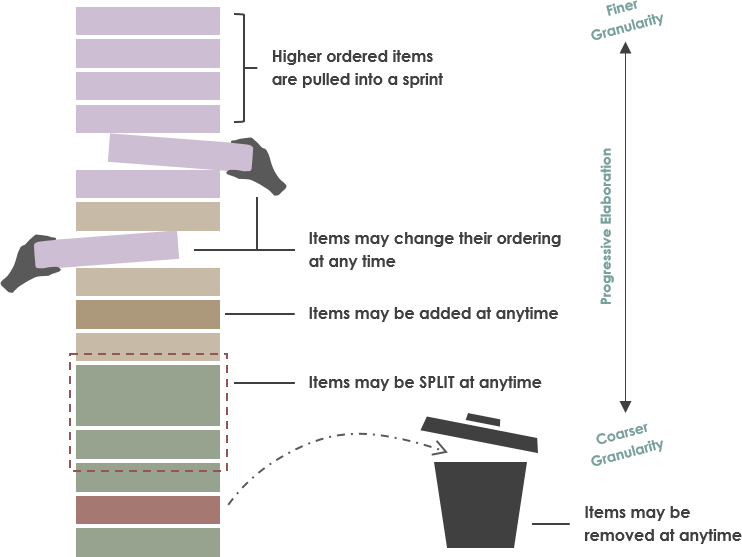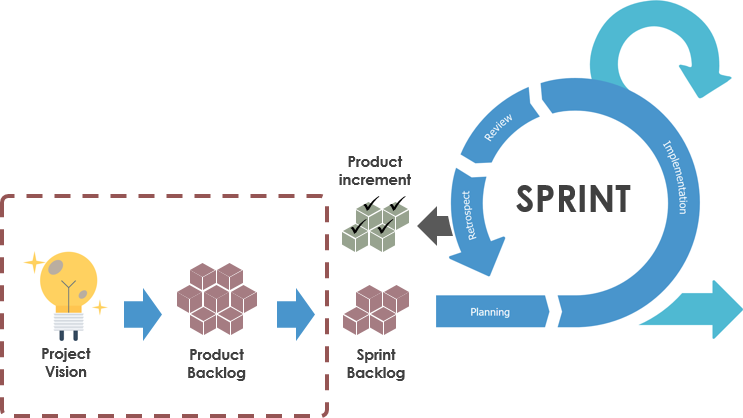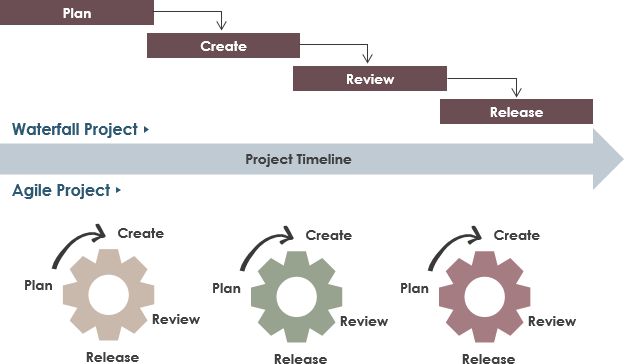A Sprint Review is more than just a demo; it is a review of the completed Sprint, the Product Backlog, and the Marketplace. Admittedly, demos are an important part of the Sprint Review. The purpose of the Sprint Review meeting is for the team to show the customers and stakeholders the work they have accomplished over the sprint and compare it to the commitment given at the beginning of the sprint.
Continue reading

